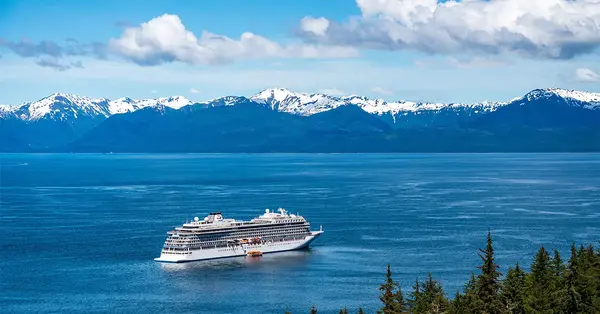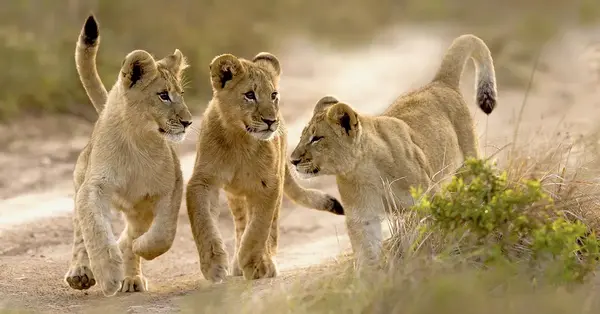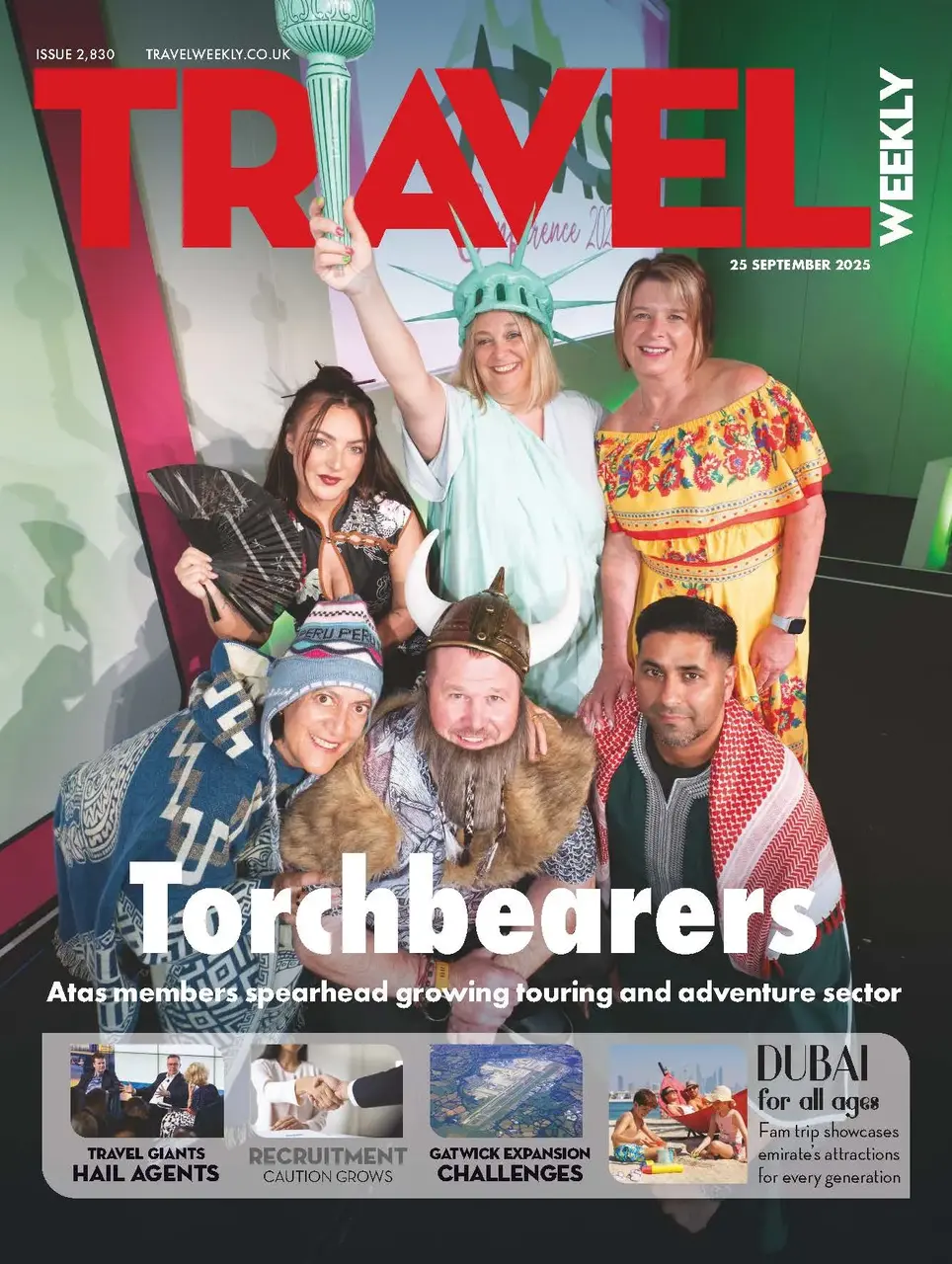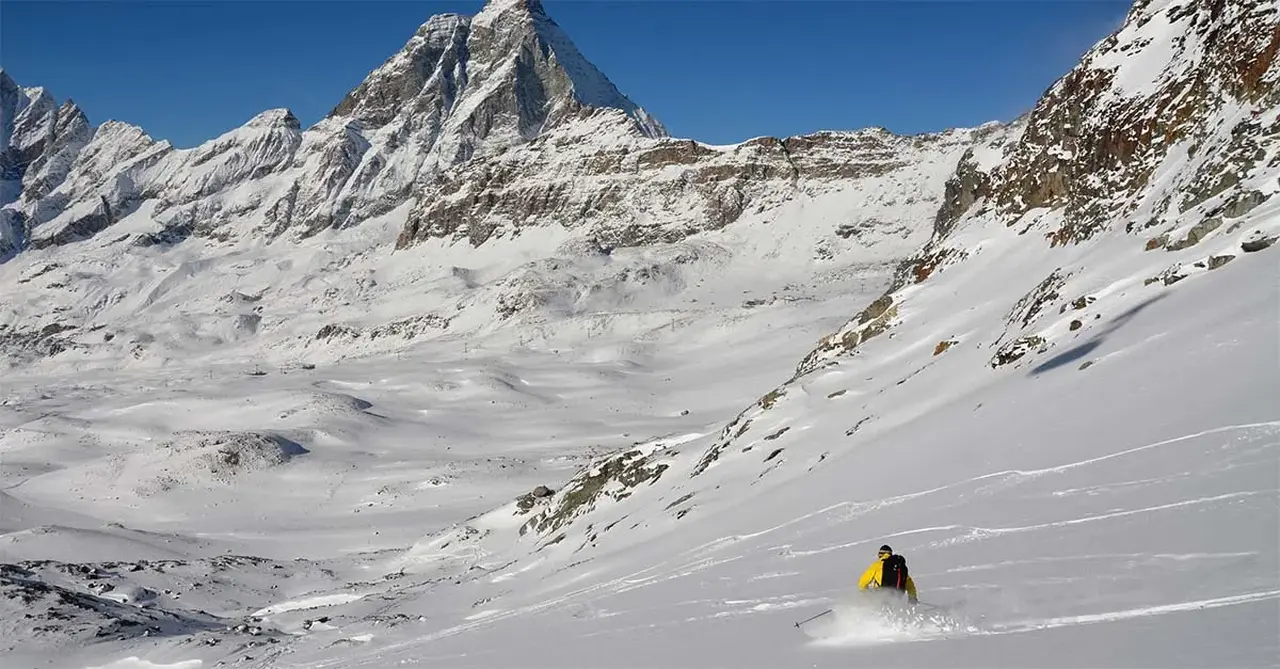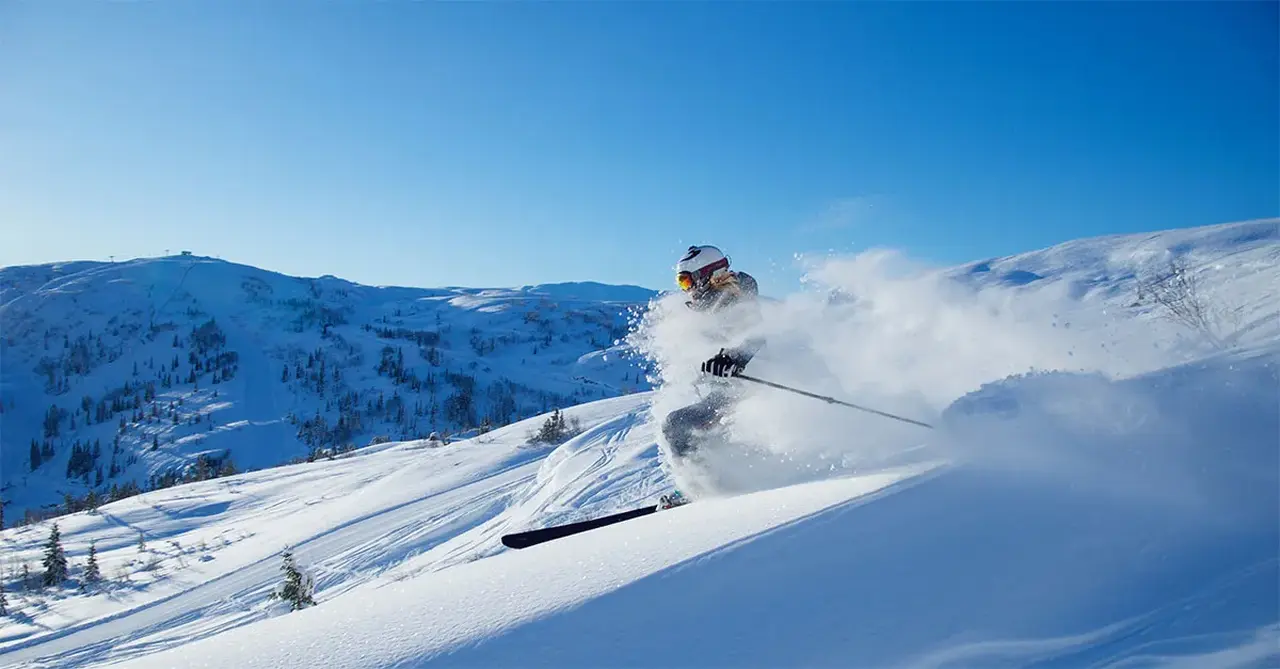Desert drives: why a tour is the best way to explore Morocco
Between sun-baked deserts, cosmopolitan cities and age-old traditional crafts, travellers can cover a lot of ground on a guided tour of Morocco
Click here to download and save as a PDF
Morocco never stands still. One can meander through Marrakech’s Djemaa el Fna square and hear everything from the hum of juice blenders to the melodic voices of storytellers. Likewise, the scenery is an ever-changing reel: visitors could be looking at sand dunes one day and snow-capped peaks the next.
With so much to explore, Morocco was an ideal fit for one of the first Exodus Adventure Travels tours back in 1976 – and, as part of the tour operator’s 50th anniversary celebrations, I joined 50 travel agents to explore the North African country. The megafam group was split across four itineraries to take in all corners of Morocco, before reconvening in Marrakech for a gala dinner.

The fam trip group at Aït Benhaddou. Image credit: Paul Philpott
Hassan II Mosque, Casablanca
My tour began in coastal Casablanca with an early morning stop at the Hassan II Mosque. Having opened in 1993, this is one of the largest mosques in the world – capable of holding 25,000 people – and seems to float above the sea on a platform.
Ilham, our guide, greeted us with a warm smile as we marvelled at its massive, retractable wooden roof, carved with floral motifs and intricate Arabic calligraphy. She explained: “The wood is cedar from the Middle Atlas Mountains – which is the best. In the Qur’an, the throne of God was on the water, which is why they chose cedar for this mosque, as it resists the corrosion of the ocean air.”
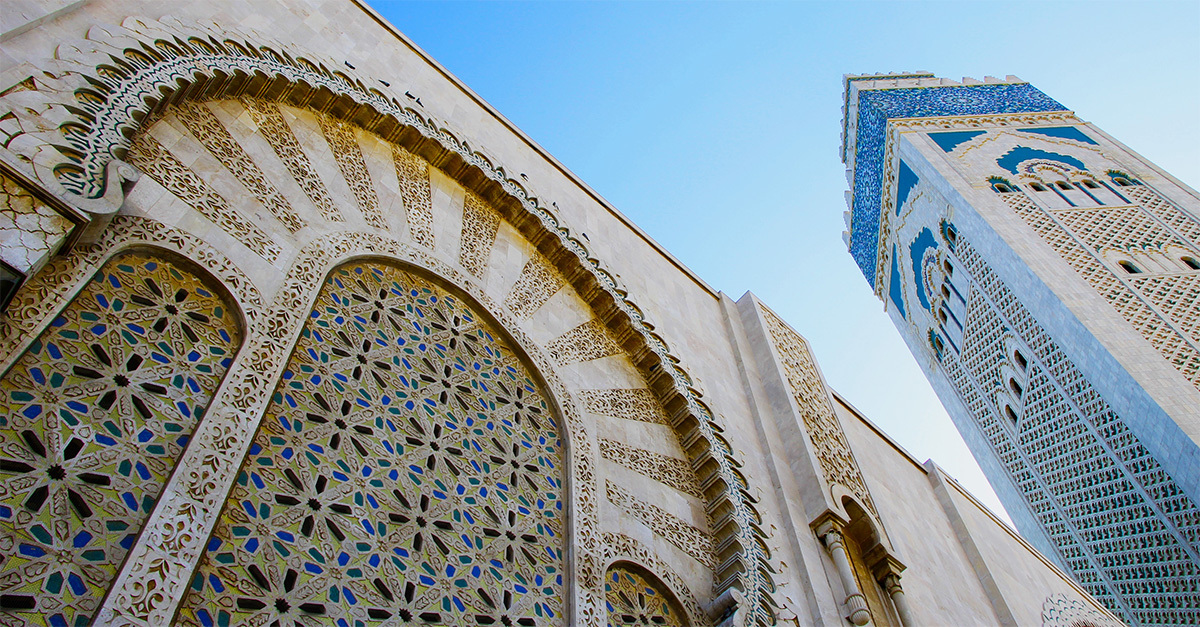
Hassan II Mosque, Casablanca. Image credit: Simon Clifford
Casablanca to Fez
Leaving the Atlantic coast behind, a five-hour train journey to Fez brought us to Art Naji, a pottery studio specialising in the signature Moroccan craft of geometric zellige tiling. Ahmed, a designer, talked us through the process as we strolled through the dusty workshops, each housing a craftsperson deep in concentration.
One, who sat cross-legged and surrounded by bags of stone, laid little pieces of fired clay into the shape of an eight-point star. This would be painted then glazed and eventually form part of a mosaic for a fountain.
“It takes one year to make a handmade fountain background – and it costs $29,000, even for a simple design,” said Ahmed. Stepping into our beautiful riad with its own zellige-tiled fountain later that day, I had a newfound appreciation for the time and effort it takes to create this work of art, running my fingers over its glossy surface and counting each of the many colours.
Moroccan riads have rooms facing on to a pretty courtyard, often with a water feature. There are usually no windows to the outside world, where in Fez, a tangle of narrow alleys covered in carpets, spices and street art awaits. Dating to AD808, the Unesco-listed Medina of Fez is an impenetrable maze of markets and madrasas.
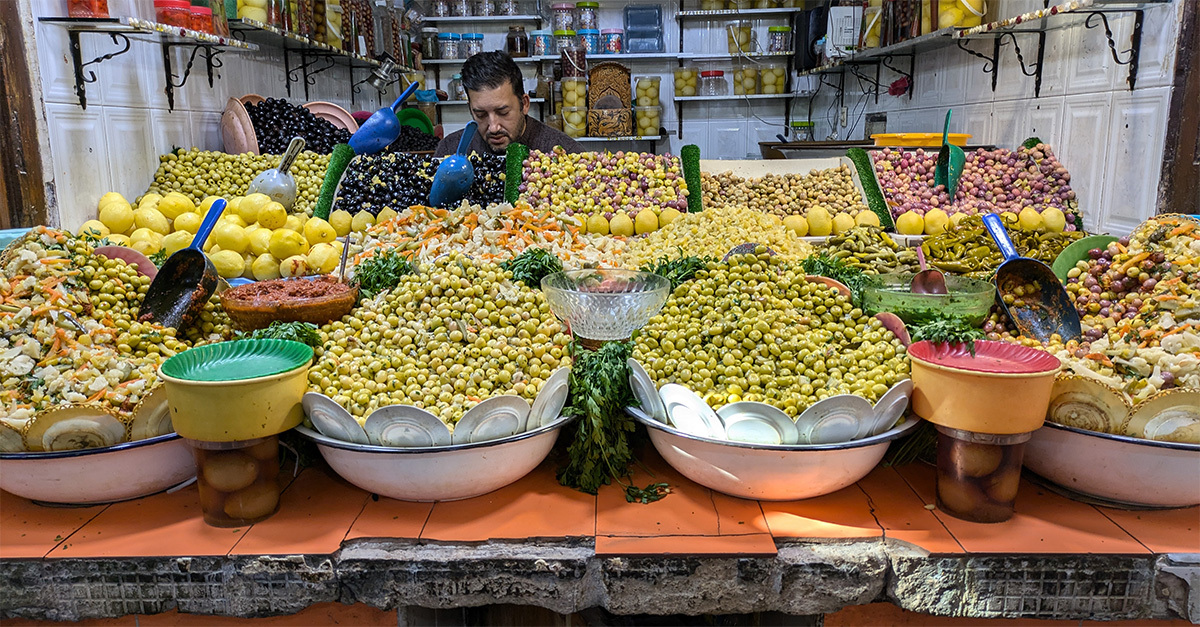
An olive seller at the market in Fez. Image credit: Alice Barnes-Brown
Without guide Mohammed, we may never have found the Chouara Tannery – though admittedly, we could have followed the pungent scent trail of the dyes and the ammonia given off by the process.
Fez is home to some of the world’s oldest tanneries, and Chouara has been treating leather since at least the 11th century. A shopkeeper kindly handed each person a fresh mint leaf he dubbed a ‘gas mask’ (to hold in front of our noses) before we stepped out onto a balcony overlooking a honeycomb of interconnected pools – the first set filled with softening substances, including cow urine and pigeon faeces, the second with dyes.
I watched as men, waist-deep in the stinky solutions, soaked and stirred animal skin using a system that has stood the test of time for 1,000 years.
You have viewed both of your 2 free articles this month as an unregistered user
To continue reading, please register with Travel Weekly free of charge, or if you have already registered click here to login



